A year after the iPhone 15 was released, Apple revealed the iPhone 16 lineup at its It’s Glowtime event. Available in four options, Cupertino revamped the standard models while taking the Pro iPhone models to the next level. A few months later, in February 2025, Apple launched a new addition to the lineup with the iPhone 16e.
If you want, you can learn about the latest iPhone 17 rumors here.
Release date
The iPhone 16 lineup was revealed on September 9, 2024. Pre-orders started on September 13 and went on sale on September 20.
Pre-orders for the iPhone 16e started on February 21, 2025, and it went on sale on February 28, 2025.
iPhone 16e is Apple’s Galaxy FE-like phone
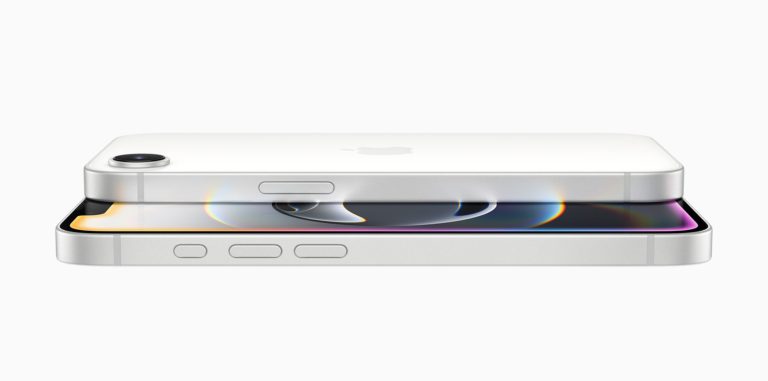
On February 19, Apple announced the iPhone 16e. While rumors expected Cupertino to launch an iPhone SE 4, the company unveiled the iPhone 16e. This new phone has an iPhone 14-like design with an Action Button. It has a less capable A18 chip with Apple Intelligence support, a single 48MP camera, Apple’s proprietary 5G chip, the C1, no MagSafe capabilities, and a USB-C port.
Available in black and white, it’s 40% more expensive than the latest iPhone SE 3. Even though it has a few similarities with the iPhone 16, the iPhone 16e lacks several features available with its siblings.
Revamped designed, bigger Pro iPhone models
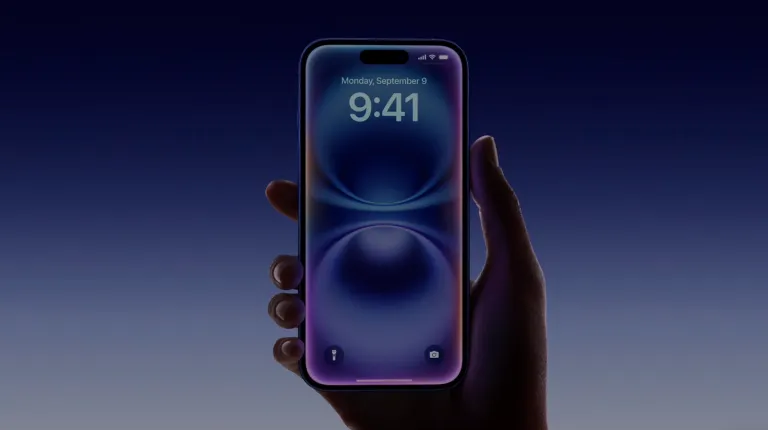
At first, iPhone 16 models might look the same as its predecessor as they keep the Dynamic Island cutout, have the same maximum brightness of 2,000 nits, and maintain the ProMotion and Always-On display technology exclusive to the Pro models.
However, while the base iPhone 16 still features 6.1-inch and 6.7-inch displays, the iPhone 16 Pro now has 6.3-inch and 6.9-inch screens. In addition, Apple made the Pro’s bezels thinner, giving it a more immersive look.
Apple says the regular models offer back glass strengthened with an optimized dual-ion exchange process. The glass is then polished with nanocrystalline particles and etched to create a textured matte finish. A new contoured edge on the aerospace-grade aluminum enclosure also aims to make this iPhone feel nicer in users’ hands. In addition, the camera on the back of the regular iPhone models is in vertical mode instead of diagonal.
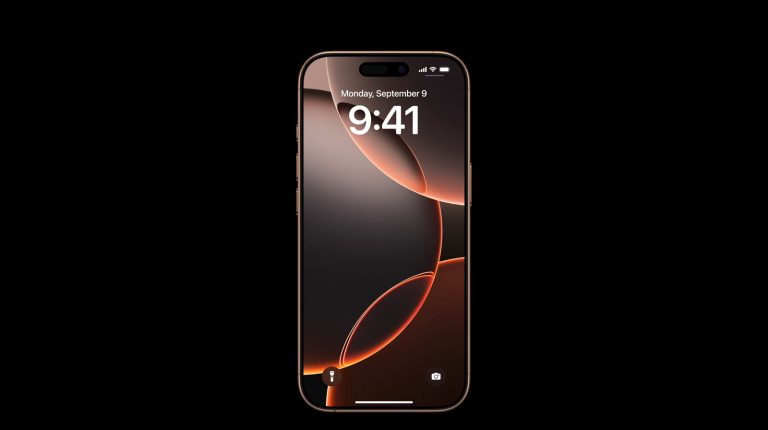
By adding a titanium design to the Pro models, which are the same as those used in spacecraft, Apple says it offers one of the highest strength-to-weight ratios of any metal, making this the company’s lightest Pro lineup ever.
Both models feature a new brush texture and contoured edges. The Pro lineup combines the strength of titanium with the toughest back glass in a smartphone and the industry-leading Ceramic Shield on the front. Using an industry-first thermo-mechanical process, the titanium bands encase a new substructure made from 100 percent recycled aluminum, bonding these two metals with strength through solid-state fusion. Did you know someone built a transparent iPhone 16 Pro? Here it is.
- Best iPhone 16 cases from 7 third-party accessory makers
- 6 tiny bumps make the ‘magic’ that lets the iPhone 16 camera button work with Apple’s cases
Action Button and Camera Control come to (almost) all phones
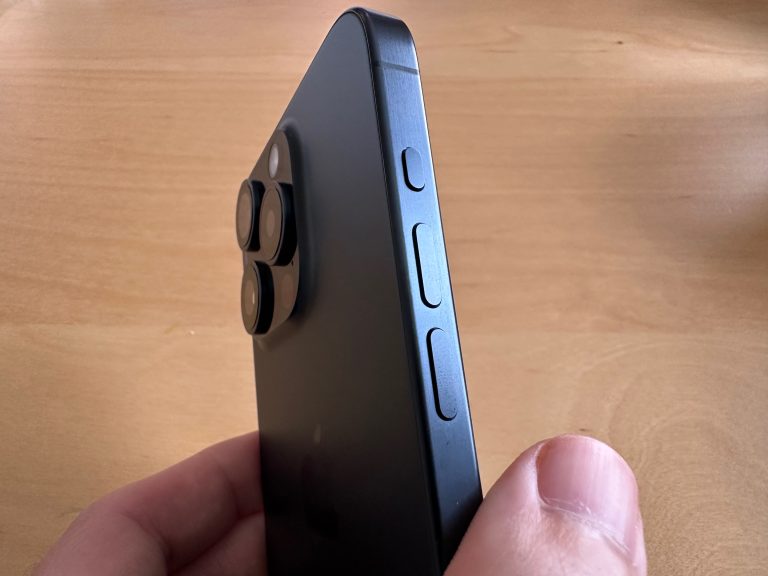
Following the exclusive release of the iPhone 15 Pro’s Action Button, Apple added it to all four iPhone 16 models. This button replaces the single-function mute switch.
Users can now activate several new functions with the Action Button, such as:
- Accessibility: Users can access selected accessibility features with one tap;
- Camera: Launch the Camera app;
- Flashlight: Turn on or off the flashlight;
- Focus: Activate or deactivate a Focus Mode;
- Magnifier: Activate the Magnifier app to use the iPhone’s camera as a magnifying glass to zoom in on small texts;
- Shortcuts: Pressing the Action button lets users run any shortcut they have created. The same already happens with the Apple Watch Ultra;
- Shazam: Long press to identify a song playing on your display or in your surroundings
- Silent Mode: Long press to turn silent mode on or off;
- Translate: Launches the Translate app and starts a conversation or the text translation with a single tap
- Voice Memos: Start or stop recording a voice memo with the Voice Memos app.
- Visual Intelligence: Since the iPhone 16e doesn’t feature Camera Control, Apple added this AI feature to the Action Button
If an icon is driving you crazy after you update to the newest iPhones, you should know there’s a way to remove it.
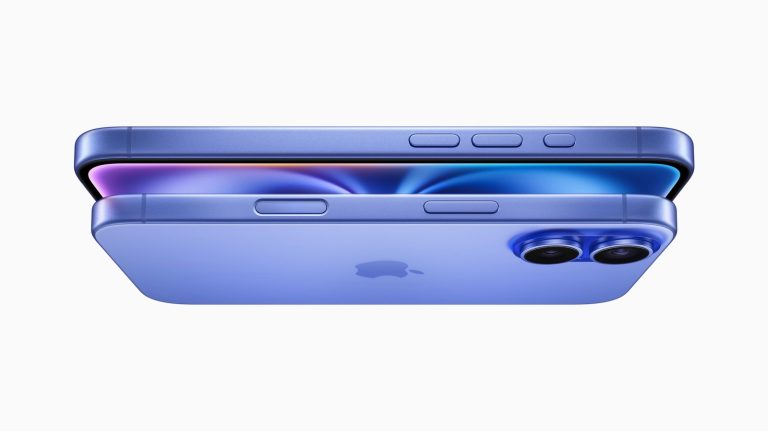
Now, the long-rumored Capture Button has been revealed as Camera Control. You can use it on the Camera app or for AI features:
- Take photos
- Light press gives quick access to zoom
- Light pressing twice gives you several settings access
- Third-party apps will also be able to offer new features through the Camera Control
AI features for the Camera Control:
- Click and hold to do a visual search
- Add flyer information to your calendar
- Take a photo of something you see on the streets and find it online to buy
Still, it seems Apple’s biggest hardware change on the iPhone 16 is a huge disappointment to users. Really.
iPhone 16 official colors
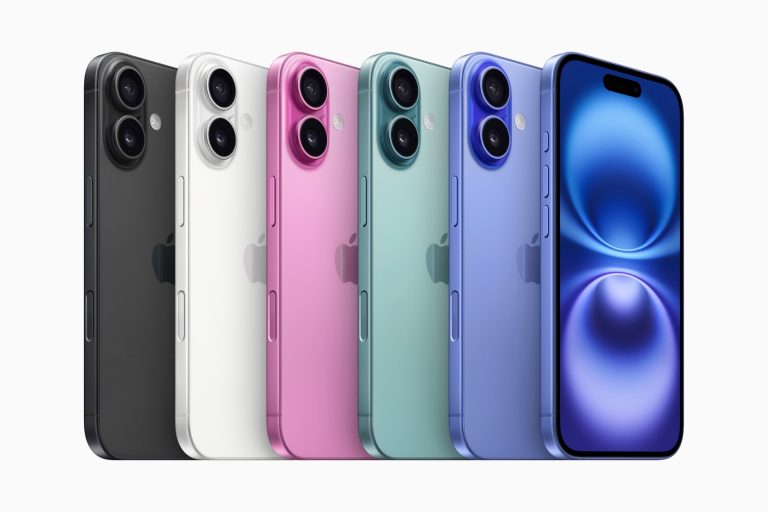
Apple that color is infused throughout the back glass, creating five colors for the iPhone 16 models. These are the options available:
- Black
- White
- Pink
- Teal
- Ultramarine
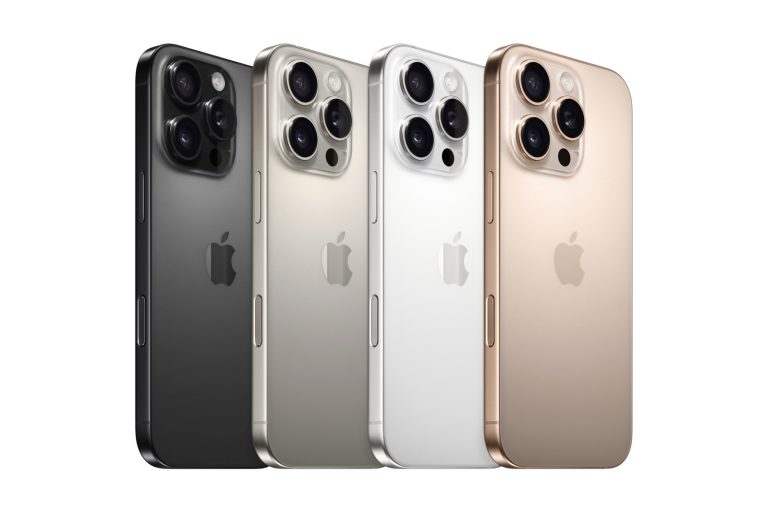
For the iPhone 16 Pro and 16 Pro Max models, Apple has ditched the blue option in favor of a gold one:
- Black Titanium
- White Titanium
- Natural Titanium
- Desert Titanium
We still don’t know if Apple will release a new iPhone 16 color this spring. However, it seems more and more unlikely after the company unveiled new spring cases.
A18 family powers this new generation
Apple is following the same strategy as the Mac for the new iPhone lineup: adding a base chip to the regular phones and using a more powerful processor for the Pro iPhones.
A18 specs
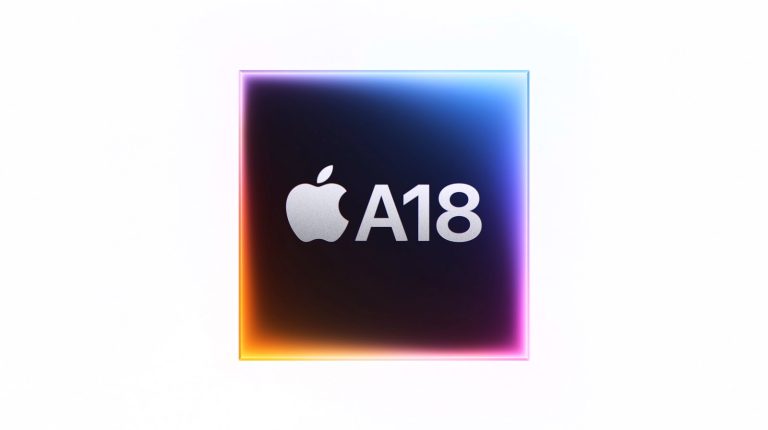
The iPhone 16 and 16 Plus offer the new A18 chip. Built on second-generation 3-nanometer technology to further accelerate Apple Intelligence, it features an upgraded 16-core Neural Ent is optimized for large generative models and runs ML models up to 2x faster than the A16 Bionic chip.
The 6-core CPU is 30 percent faster than the A16 Bionic chip and faster than all the competition (disclaimer: the iPhone 16e has a 5-core CPU). It is also more power efficient and can run the same workload with 30 percent less power than the A16 Bionic.
The 5-core GPU is up to 40 percent faster and 35 percent more efficient than A16 Bionic. Now, with hardware-accelerated ray tracing, games on iPhone 16 and iPhone 16 Plus more accurately represent the behavior of light with up to 5x higher frame rates than with software-based ray tracing. The efficiency of A18 and the device’s rearchitected internal design deliver up to 30 percent higher sustained performance for gaming while ensuring Apple Intelligence runs efficiently on iPhone.
A18 Pro specs
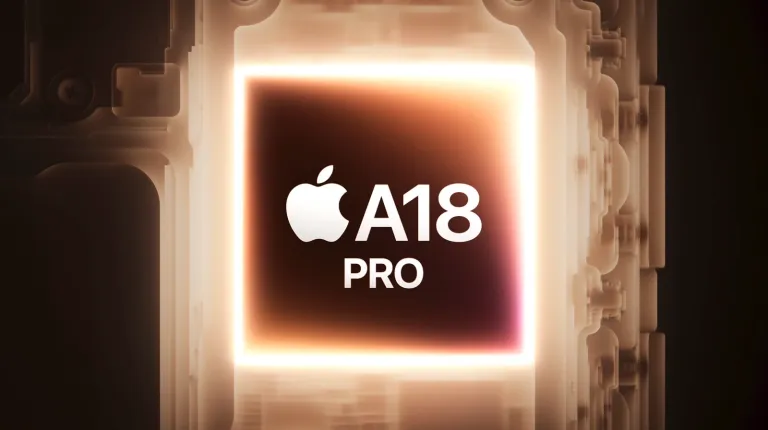
Built with second-generation 3-nanometer technology and featuring a new architecture with smaller, faster transistors, the A18 Pro delivers better efficiency than ever. The new 16-core Neural Engine is faster and more efficient than the previous generation, powering on-device performance for Apple Intelligence.
A 17 percent increase in total system memory bandwidth — the highest ever in iPhone — enables faster experiences when using Writing Tools and Image Playground and helps deliver amazing graphics. The bandwidth increase also benefits the 6-core GPU, which is up to 20 percent faster than the previous generation, driving graphics rendering for Apple Intelligence and prettier visuals for gaming.
Hardware-accelerated ray tracing gets up to 2x faster for even more realistic light sources and reflections. A new 6-core CPU is the fastest in a smartphone, with two performance cores and four efficiency cores that can run the same workload as the previous generation 15 percent faster while using 20 percent less power. Next-generation ML accelerators are optimized for Apple Intelligence and save power by handling high-efficiency, high-throughput, and low-latency computations on the CPU without engaging the Neural Engine.
iPhone 16 storage capacity revealed
These are the storage capacities for all five new models:
Regular iPhones
- 128GB
- 256GB
- 512GB
iPhone 16e
- 128GB
- 256GB
- 512GB
iPhone 16 Pro models
- 128GB (exclusive to the smaller Pro)
- 256GB
- 512GB
- 1 TB
Cameras: From iPhone 16 to iPhone 16 Pro Max
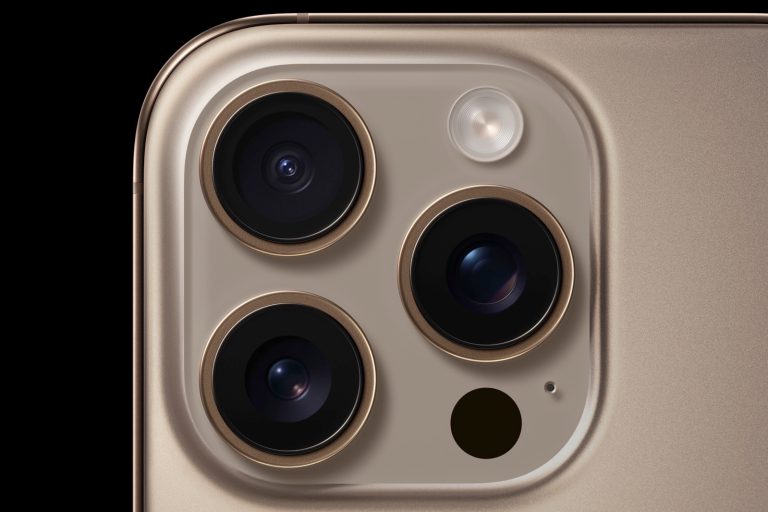
The regular iPhone 16 models have a new 48MP Fusion camera that enables a 2x optical-quality Telephoto option, so users can get closer to the subject to easily frame a photo. In addition to wide-angle shots, the new 12MP Ultra Wide camera with autofocus enables macro photography. The Ultra Wide camera also gathers up to 2.6x more light for higher image quality.
The iPhone 16 Pro and 16 Pro Max have a second-generation quad-pixel sensor that enables s 4K120 fps video recording in Dolby Vision. Additional advancements include a new 48MP Ultra Wide camera for higher-resolution photography, including macro; a 5x Telephoto camera on both Pro models; and studio-quality mics to record more true-to-life audio.
Camera features that all iPhone models have
All 2024 iPhone 16 models offer some similar camera capabilities, these features don’t apply to to the iPhone 16e. Here they are:
Smart HDR 5: New Smart HDR captures subjects and the background with more true-to-life renderings of skin tones while ensuring photos have brighter highlights, richer midtones, and deeper shadows when viewed in the Photos app. This advanced HDR rendering is also available to third-party apps, so images can look even better when shared online.
Next-generation Photographic Styles: It helps users express their creativity and customize their photos by locally adjusting color, highlights, and shadows in real-time. Styles also have a deeper understanding of skin undertones, so users can personalize how they appear in photos. Unlike filters, which often use a one-size-fits-all approach by adding a color to an entire scene, adjustments are applied to specific colors of a selected style. A wider set of styles offers more creative options for editing a photo’s aesthetic, and styles can be rendered during live preview, applied after a photo is taken, or even reversed later. Here’s how iPhone 16 Photographic Styles are making everyone a good photographer.
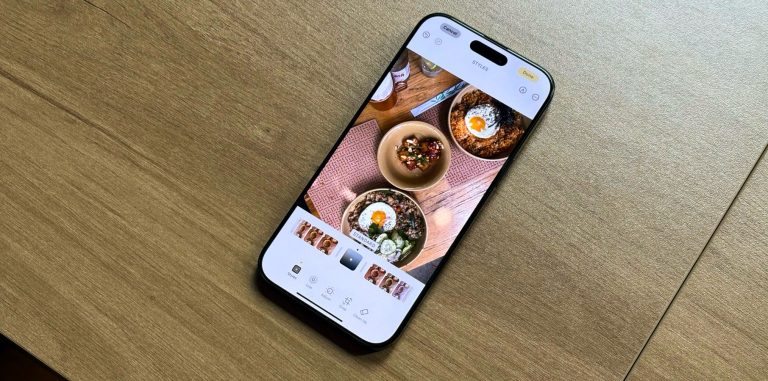
Videos in Spatial Audio: Video can now be captured in Spatial Audio for immersive listening with AirPods, Apple Vision Pro, or a surround sound system. Both iPhone models introduce new ways to edit video sound with Audio Mix — allowing users to adjust their sound after capture to focus on the voice of the person on camera, make it sound like the video was recorded inside a professional studio, or position vocal tracks in the front and environmental noises in surround sound.
Wind noise reduction: All new iPhone models feature wind noise reduction, which uses powerful machine learning (ML) algorithms to reduce unwanted noise for better audio quality.
These new models have some exclusive camera features users can only get by upgrading to these new phones.
Spatial Photos and Spatial Videos come to everyone

After Apple announced its Vision Pro spatial computer, BGR wrote that it would be possible for a new iPhone to feature Spatial Video. This function lets you record 3D videos, which will be perfect to watch on the Vision Pro headset.
While the iPhone 15 Pro already offered Spatial Video, all new iPhone 16 models now have this feature. For the first time, Spatial Photos can also be taken with these new phones, so you can relive memories with depth on Apple Vision Pro.
USB-C ports are unchanged
All four iPhone 16 models maintain the USB-C port. While the regular models get USB-C 2.0, the Pro versions get USB-C 3.0 standards, which give transfer speeds up to 10 gigabits per second, up to 20x faster than before. That said, users must buy a new cable, not the braided one available in this iPhone’s box, to get these transfer speeds.
Everything you can connect to your iPhone 16 with the USB-C port
Unlike the Lightning port on previous iPhones, Apple has been pretty generous with the new USB-C port, meaning you can connect basically any peripheral to this device. With it, you can:
- Charge other devices: You can use your iPhone to charge your AirPods, Apple Watch, or another small device that supports USB Power Delivery at up to 4.5 watts or to charge a device that has a Lightning connector, connect it to your iPhone using an Apple USB-C to Lightning cable.
- Play audio: If you need to play audio through the USB-C connector to other speakers or headphones, you can connect using the Apple USB-C to 3.5 mm Headphone Jack Adapter or the Apple USB-C to Lightning Adapter.
- Connect to display and monitors: You can connect your iPhone to external displays using the USB-C connector so that you can watch video, see photos, and more on a larger screen. Depending on the display that you’re connecting to, you might need an adapter. iPhone uses the DisplayPort protocol to support connections to USB-C displays at up to 4K resolution and 60Hz. In addition, you can connect your iPhone to an HDMI display or TV with a USB-C to an HDMI adapter or cable. Adapters and cables that support HDMI 2.0 can output video from your iPhone at 4K resolution and 60Hz.
You can also connect your iPhone 16 with:
- CarPlay compatible cars
- External storage devices
- Monitors and external displays
- Microphones
- External battery packs
- USB to Ethernet adapters
- SD cards using SD card adapters
Big battery for iPhone 16
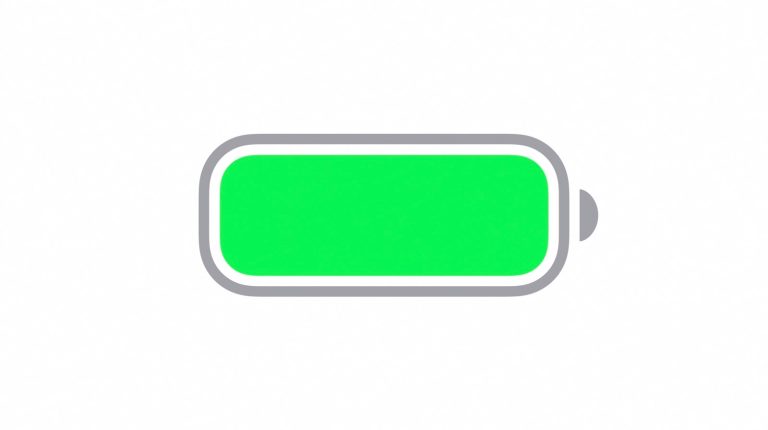
Apple says it improved the battery for all iPhone models. In addition to improvements on the A18 chips and the thermal design, the battery is bigger – we have the battery capacities difference from each phone here. Apple also revealed the improvements in video playback:
iPhone 16
Up to 22 hours of video playback
Up to 18 hours of video playback streamed
Up to 80 hours of audio playback
iPhone 16 Pro
Up to 27 hours of video playback
Up to 22 hours of video playback streamed
Up to 85 hours of audio playback
iPhone 16 Plus
Up to 27 hours of video playback
Up to 24 hours of video playback streamed
Up to 100 hours of audio playback
iPhone 16 Pro Max
Up to 33 hours of video playback
Up to 29 hours of video playback streamed
Up to 105 hours of audio playback
iOS 18 and Apple Intelligence power this device

The operating system of the iPhone 16 is iOS 18. Unveiled during the WWDC 2024 keynote, Apple has several changes available for the iPhone Home Screen and Lock Screen.
With iOS 18, users can lock and hide apps with Face ID, but the most important features come with Apple Intelligence. These are some of the upcoming features:
- Writing Tools: Users can rewrite, proofread, and summarize text nearly everywhere they write, including Mail, Notes, Pages, and third-party apps;
- Image Playground: Users can create playful images in seconds, choosing from Animation, Illustration, or Sketch. This app is built right into apps like Messages and is also available in a dedicated app;
- Genmoji: With this function, iPhone users will use AI to generate new emoji characters based on text input, such as “T-rex wearing a tutu on a surfboard.” Learn more about it here;
- Memories in Photos: Users can create stories they want to see just by typing a description. Apple Intelligence will pick out the best photos and videos based on the description, craft a storyline with chapters based on themes identified from the photos, and arrange them into a movie with its own narrative arc;
- Clean Up tool: This Photos app feature can identify and remove distracting objects in the background of a photo without accidentally altering the subject;
- Siri: Users type to Siri and switch between text and voice to communicate with Siri in whatever way feels right for the moment.
- ChatGPT integration: When you feel Apple Intelligence isn’t enough, you can allow ChatGPT to access Writing Tools and other features for a better response.
Here’s how to get Apple Intelligence on your iPhone 16 from day one.
iOS 18.1 features
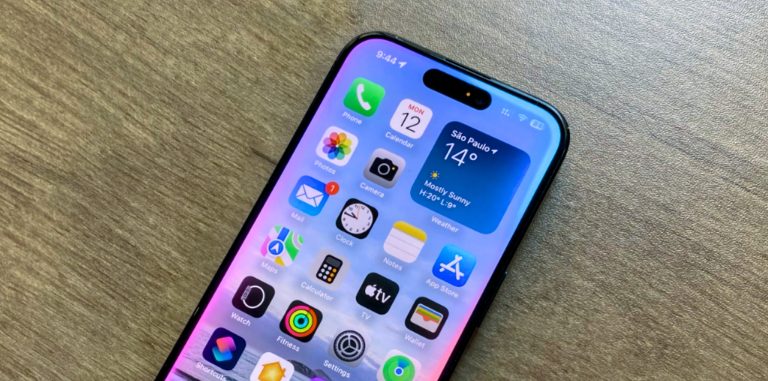
iOS 18.1 was released by the end of October. These are its top features:
- Record and transcribe calls in the Notes app: Just hit record in the Notes or Phone apps to capture audio recordings and transcripts. Apple Intelligence generates summaries of your transcripts, so you can get to the most important information at a glance.
- Smart Reply in Mail: Quickly draft an email response with all the right details. Apple Intelligence can identify the question you were asked in an email and offer relevant selections to include in your response.
- Record calls: iOS 18.1 allows you to record calls. While transcribing and summarizing are exclusive to Apple Intelligence-compatible devices, everyone can record calls.
- Sleep Apnea Detection: iOS 18.1 and watchOS 11.1 include sleep apnea detection. This feature requires an Apple Watch Series 9 or newer.
- Control Center tweaks: After revamping the Control Center with iOS 18, Apple is adding even more new features with iOS 18.1. For example, all the connectivity toggles are now available standalone, so you can ditch Apple’s built-in option for your own solution. There are also new widgets for Apple’s own apps.
- RCS support expansion: While the final list remains unclear, Apple has once again expanded RCS support to more carriers worldwide.
- iPhone Mirroring Drag and Drop: With iOS 18.1 and macOS Sequoia 15.1, Apple adds the ability to drag and drop items from the Mac to the iPhone and vice versa while using iPhone Mirroring. This feature was delayed from the original software launches.
iOS 18.2 features
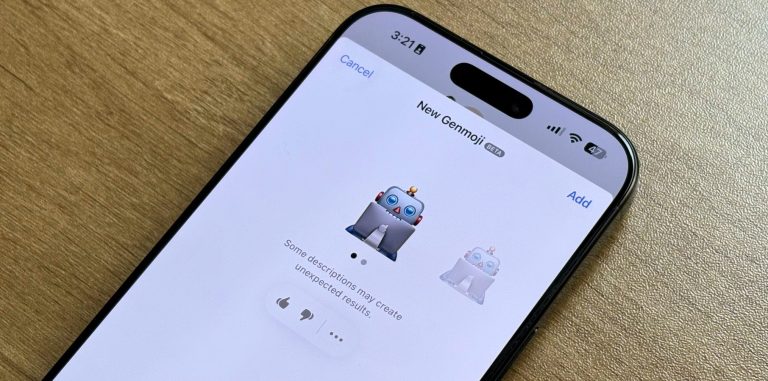
iOS 18.2 was released on December 12. The main features regard Apple Intelligence. These are the highlights:
- Genmoji support: Create custom emojis by combining two figures; users can type a prompt like “monkey with pink hat” to make an entirely new emoji — here’s how to use Genmoji on your iPhone
- Image Playground: Users can create playful images in seconds, choosing from Animation, Illustration, or Sketch. This app is built right into apps like Messages and is also available in a dedicated app — here’s how to request access to Image Playground so you can use Genmoji
- ChatGPT integration: When you feel Apple Intelligence isn’t enough, you can allow ChatGPT to access Writing Tools and other features for a better response — how to stop Apple Intelligence from making you confirm every ChatGPT request
- Visual Intelligence: It helps users learn about objects and places faster than ever. Users can click and hold Camera Control to pull up the hours or ratings for a restaurant they pass, add an event from a flyer to their calendar, quickly identify a dog by breed, and more
- Image Wand: “Rough sketches can be turned into delightful images, and users can even select empty space to create an image using context from the surrounding area” in the Notes app
There are other functions available with this update:
- All-new Mail app: Mail is introducing new ways for users to manage their inboxes. On-device categorization organizes and sorts incoming emails into Primary for personal and time-sensitive emails, Transactions for confirmations and receipts, Updates for news and social notifications, and Promotions for marketing emails and coupons. Mail also features a new digest view that pulls together all of the relevant emails from a business, allowing users to quickly scan for what’s important at the moment
- Change default apps: iOS 18.2 lets iPhone users change the Messages and Phone default apps
- Volume Limit: The Settings app now has a new Volume Limit control. This lets you limit how loud your iPhone speakers can play media
- Voice Memos: During the iPhone 16 event, Apple announced the iPhone 16 Pro would get a Voice Memos upgrade. With iOS 18.2, users can layer multiple tracks on top of each other.
iOS 18.3 features

iOS 18.3 was released on January 27. The main features regard Apple Intelligence. These are the highlights:
Notification summaries (All iPhone 16 models, iPhone 15 Pro, iPhone 15 Pro Max)
- Easily manage settings for notification summaries from the Lock Screen
- Updated style for summarized notifications better distinguishes them from other notifications by using italicized text as well as the glyph
- Notification summaries for News & Entertainment apps are temporarily unavailable, and users who opt-in will see them again when the feature becomes available
This update includes the following enhancements and bug fixes:
- Calculator repeats the last mathematical operation when you tap the equals sign again
- Fixes an issue where the keyboard might disappear when initiating a typed Siri request
- Resolves an issue where audio playback continues until the song ends even after closing Apple Music
You’ll also find these changes in this version:
- Camera Control icons: Apple has updated the Camera Control icons to the new Dark Mode. This change has been spotted by X user Aaron Perris. In addition, the Camera Control has renamed the AF/EF toggle to “Lock Focus and Exposure.”
- Visual Intelligence improvement: iOS 18.3 adds Visual Intelligence support for adding events to the Calendar app. So when viewing a poster or flyer, Apple will give you an option to add an event to the Calendar app.
- Plants and animals on Visual Intelligence: Similar to Visual Look Up, the Visual Intelligence feature enabled by the Camera Control can identify plants and animals in real time.
- Black Unity wallpapers: As usual, Apple released new Black Unity wallpapers with iOS 18.3 and iPadOS 18.3. This time, Apple was inspired by the “rhythm of humanity” to create this collection.
iOS 18.4 features
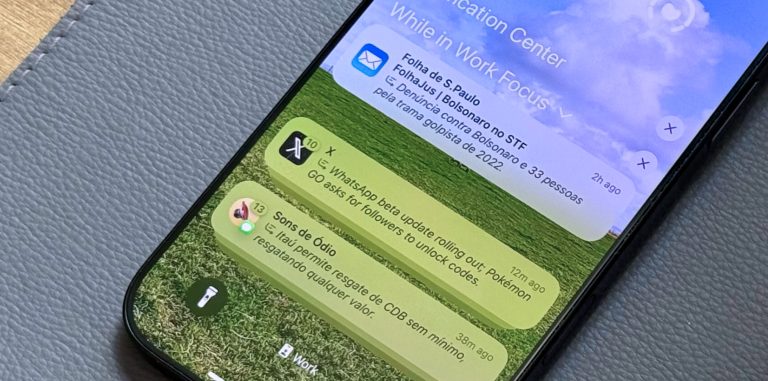
iOS 18.4 was released on March 31. These are some of the features available with this software update:
- New languages: Apple adds Chinese, French, German, Italian, Brazilian Portuguese, Spanish, Japanese, Korean, and localized English for Singapore and India.
- Image Playground: The long-awaited Sketch style is now available alongside the Animation and Illustration options.
- Genmoji: Apple tweaked the Genmoji icon on the keyboard, as it now reads “Genmoji.”
- Apple News+ Food: This update will bring a new Food section to Apple News. Subscribers can access recipes, tips for healthy eating, restaurants, and more.
- Vision Pro app: With iOS 18.4, Apple Vision Pro will get its own iPhone app. It will help you download apps, visionOS content, tips, and information and even set up Guest Mode.
- Apple Maps change: You can now set a Preferred Language to get directions instead of the one you use on your iPhone.
- Ambient music: iOS 18.4 adds new Control Center toggles for Ambient Music, including Chill, Productivity, Sleep, and Wellbeing.
- CarPlay update: Cars with bigger screens now get three rows of apps displayed.
Price
iPhone 16e
- 128GB: $599
- 256GB: $699
- 512GB: $899
iPhone 16
- 128GB: $799
- 256GB: $899
- 512GB: $1,099
iPhone 16 Plus
- 128GB: $899
- 256GB: $999
- 512GB: $1,199
iPhone 16 Pro
- 128GB: $999
- 256GB: $1,099
- 512GB: $1,299
- 1 TB: $1,499
iPhone 16 Pro Max
- 256GB: $1,199
- 512GB: $1,399
- 1 TB: $1,599
Review
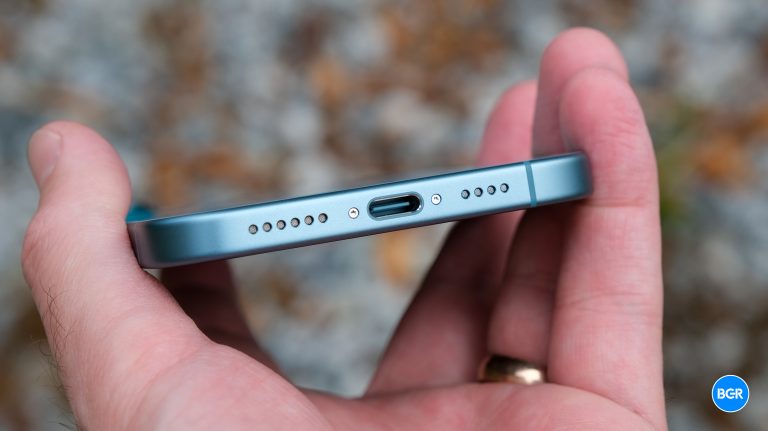
BGR has reviewed the iPhone 16, 16 Pro, and 16e:
In our iPhone 16 review, we praise how “pro” this device has become:
With or without Apple Intelligence, the base iPhones get a pretty big upgrade this year. They perform excellently well, get the programmable Action Button they should have had last year, and get a fun new Camera Control that, while imperfect, is kind of fun.
In our iPhone 16 Pro review, it seems this device isn’t a bit upgrade if you’re coming from last year’s phone. However, it’s still Apple’s best phone to date:
It’s a weird year for the iPhone. The iPhone 16 and iPhone 16 Plus have gotten pretty impressive upgrades through features that were previously reserved for Pro model devices. The Pro models, on the other hand, keep those features and really only add one major change in the form of the camera control. Sure, there are other bits and pieces that are improved too, like the new A18 Pro chip. But given the fact that the iPhone series always performs excellently well, it’s hard for the improved performance to really feel like an upgrade.
Finally, in our iPhone 16e review, we believe this is a good iPhone, but it’s weird Apple says it’s part of the iPhone 16 family:
Some of the trade-offs you make for the cheaper iPhone make sense compared to the iPhone 16. It makes sense to lose a camera and the Camera Control. It makes sense to have a slightly older display. And, it makes sense to have a slightly older design with a notch. Other changes, like the lack of MagSafe, make no sense to me. Apple is all about that ecosystem — and not including MagSafe represents a jarring break in the ecosystem that limits the accessories people can actually use with their phones.
But, despite that, it’s far from a bad phone. Actually, it’s a great phone. This is the phone to buy if you want the cheapest phone that will last the longest amount of time. With an A18 chip, it’ll support new versions of iOS for years to come, plus it still delivers on all the basics, like a solid camera and nice display.
Wrap up
This is everything you need to know about the iPhone 16. For more information about these new phones, keep checking our guides.








